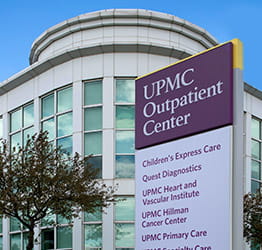When it first gained U.S. Food and Drug Administration (FDA) approval, PRK quickly became the preferred surgical treatment for refractive errors in the eye. It offered more predictable and stable outcomes compared to the prior treatment, incisional keratotomy. However, PRK’s popularity declined as LASIK gained traction.
Although LASIK is the most commonly performed visual refractive surgery, there are still specific situations where PRK may be the better option.
In PRK, doctors use eye drops to numb the eyes and then remove the surface layer of the cornea. This layer grows back after a few days. They use a laser to reshape the front of the cornea to correct mild to moderate nearsightedness, farsightedness, or astigmatism.
Doctors sometimes advise PRK instead of LASIK if you have thin corneas.


















 Refractive surgery adjusts where light focuses in the back of your eye, so it more precisely hits your retina. This surgery sharpens your vision so you can depend less on glasses or
Refractive surgery adjusts where light focuses in the back of your eye, so it more precisely hits your retina. This surgery sharpens your vision so you can depend less on glasses or  Refractive surgery is suitable for people who:
Refractive surgery is suitable for people who: